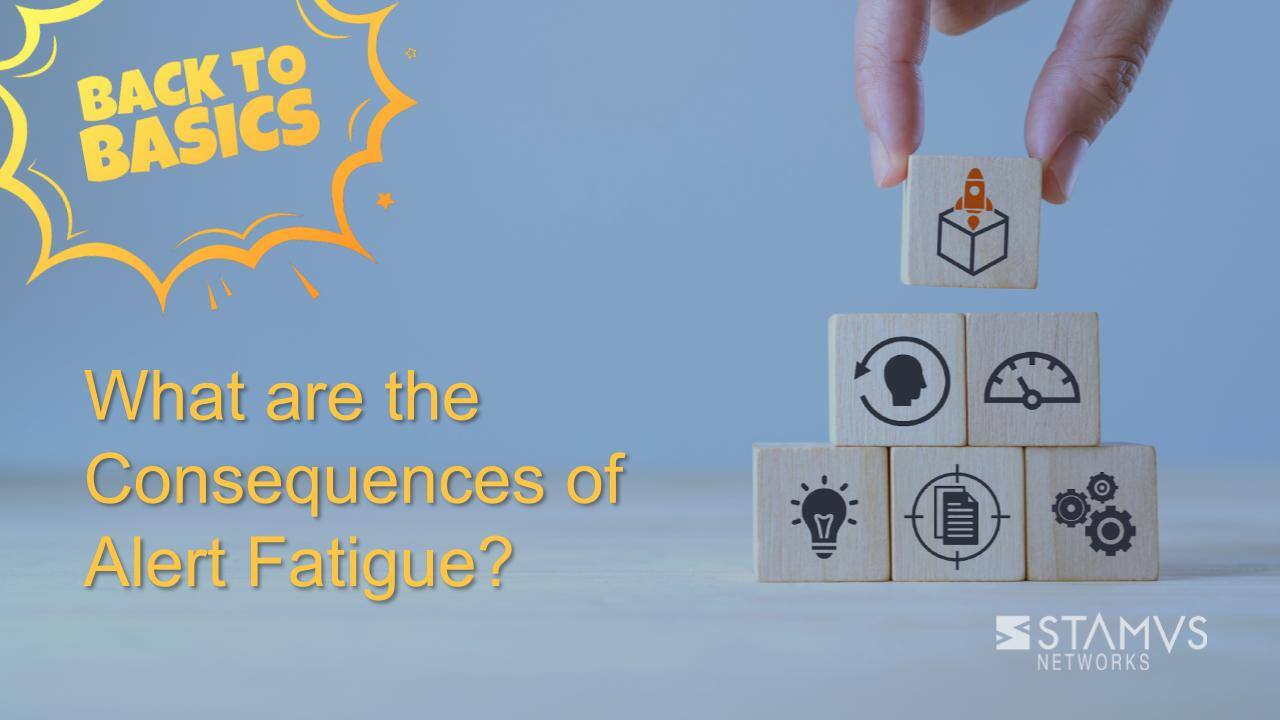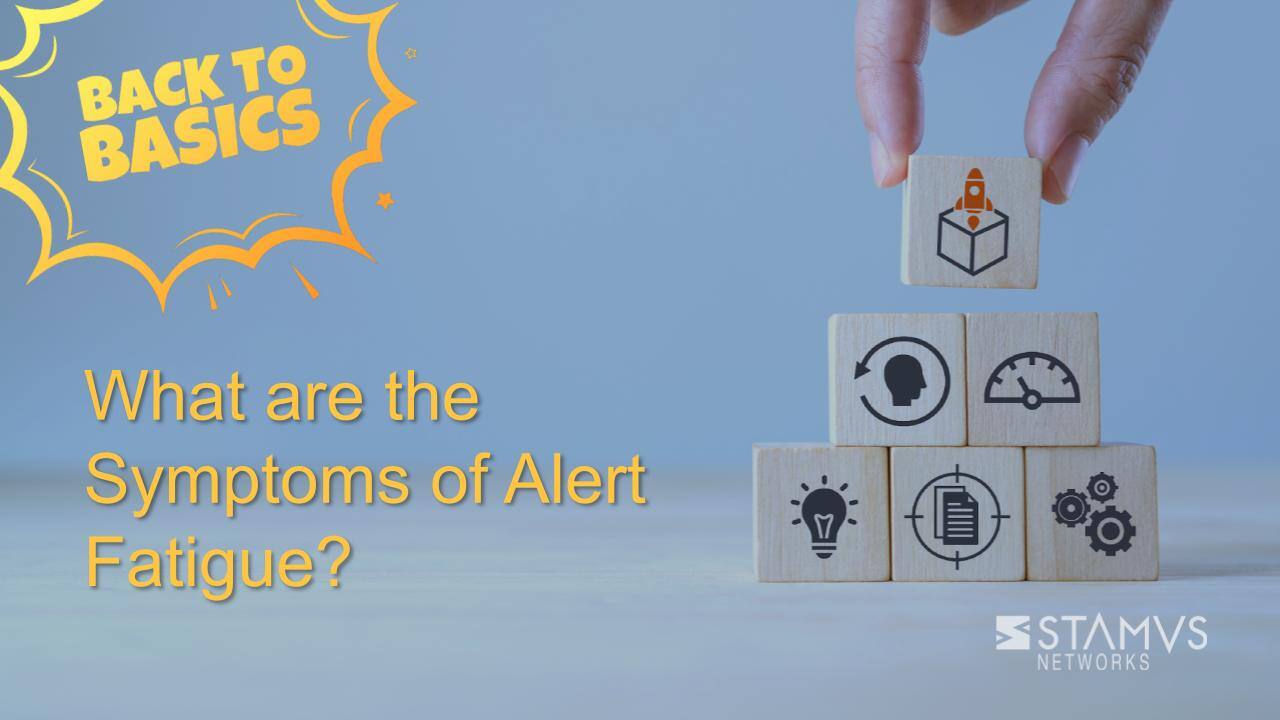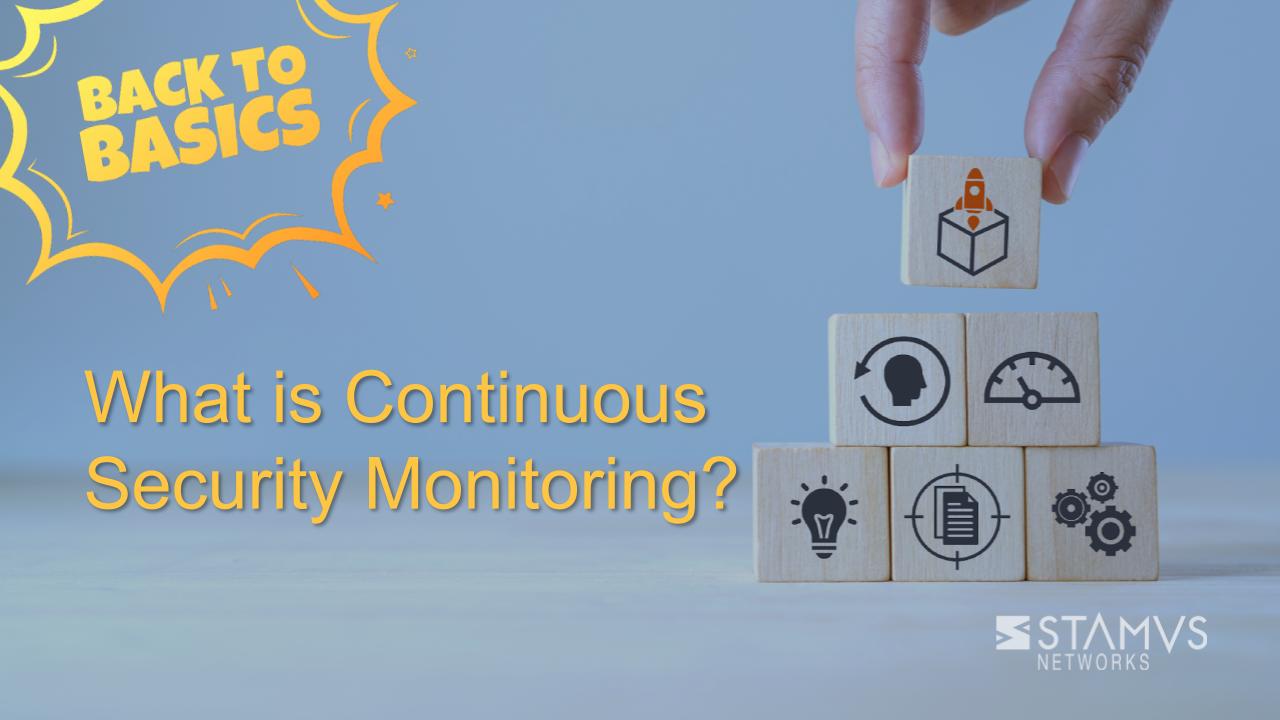If your organization is considering network detection and response (NDR) and evaluating potential solutions, then you have likely thought about the problem of alert fatigue. For many organizations, especially those currently using intrusion detection systems (IDS), alert fatigue is already an issue. For those just now entering the world of network-based threat detection, it is important to consider alert fatigue when selecting solutions. This blog post will provide an example of alert fatigue and the consequences that result from it, and then share a solution for organizations seeking the benefits of signature-based threat detection without the challenge of alert fatigue.
What is Alert Fatigue?
Alert fatigue is the state of desensitization experienced by security analysts due to the overwhelming amount of alerts produced by various security tools. Intrusion detection systems (IDS) are generally one of the main contributors to alert fatigue, often supplying thousands of alerts a day depending on the configuration. Many of these alerts are considered non-critical, signaling security events that match a signature but do not necessarily indicate a serious threat.
With a constant barrage of critical and non-critical alerts, it can become difficult for an analyst to determine which alerts are worth further investigation, which are purely informational, and which are false alarms. The analyst might become overwhelmed by the sheer volume, leading them to overlook important critical alerts, delay response, or miss some threats altogether.
Identifying alert fatigue is the first step to curing it, and all organizations should consider whether or not their tools or processes are potentially causing serious threats to get lost in the noise.
What is an Example of Alert Fatigue?
Consider a large financial institution with a complex cybersecurity setup. Their systems are equipped with various security tools, including an intrusion detection system (IDS) configured to match thousands of types of activity based on their threat intelligence.
In this scenario, the IDS identifies a series of failed login attempts originating from an unfamiliar IP address targeting a high-value customer account. An alert is triggered. Shortly after, the IDS detects unusual data transfer patterns from a server containing sensitive financial data. Another alert is generated. Simultaneously, the analyst receives a flurry of medium-priority alerts regarding potential malware activity on various employee workstations.
How does the analyst know which alert is the highest priority? Does the analyst even see the first alert, or was it lost amidst the noise of the subsequent alerts?
This is alert fatigue on a small scale. Now imagine this scenario, but instead of a handful of alerts happening over several minutes, it is thousands of alerts over several hours. It is easy for a security team to not only get overwhelmed by the sheer number of alerts they receive from systems like IDS but also to get desensitized to the seriousness of those alerts. This leads to burnout, decreased detection times, and even missed threats.
What are the Consequences of Alert Fatigue?
There are three main consequences of alert fatigue. Each is problematic on its own, but together they can potentially mean disaster for an organization trying to be proactive in their security strategies.
- 1. Desensitization: The constant stream of medium-to-low priority alerts, false positives, or otherwise harmless activity might lead the analyst to overlook them altogether, neglecting the possibility of a wider network intrusion or missing crucial context that informs the more serious alerts.
- 2. Missed Threats: Too many medium-to-low priority alerts, false positives, or otherwise harmless activity could lead to a “needle in a haystack” scenario where serious and imminent threats fly under the radar and are missed amongst the noise generated by non-critical security events.
- 3. Reduced Efficiency: The high volume of medium-to-low priority alerts, false positives, or otherwise harmless activity causes the analyst to waste valuable time on non-critical tasks, taking away from time that could otherwise be spent on proactive threat hunting, analysis, forensics, or other critical tasks.
How can you Prevent Alert Fatigue?
The simplest way to prevent alert fatigue is to identify the root cause and find a better alternative. Oftentimes, alert fatigue results directly from security tools like IDS. By replacing your IDS with a modern alternative, such as NDR, you can mitigate the challenges of those legacy systems. In some cases, such as with the Stamus Security Platform, you don’t even need to completely remove your existing IDS, but instead migrate it into an NDR system.
The Stamus Security Platform (SSP) is a broad-spectrum, open network-based threat detection and response system (NDR). SSP can be deployed on-premise or in cloud environments and uses deep packet inspection to directly extract and build security insights from network traffic. Built on top of Suricata – the powerful open-source network security engine – SSP combines signature-based IDS, network security monitoring (NSM) capabilities, and other advanced threat detection methods.
To combat alert fatigue and provide accelerated incident response, SSP adds automated event triage with extensive data enrichment and a unique capability called Declarations of Compromise™.
A key element of SSP’s ability to combat alert fatigue is the Declaration of Compromise™ (DoC). A DoC event is the highest confidence assertion SSP provides, highlighting a specific threat and the asset it is impacting. SSP then builds a detailed timeline of activity and collects the supporting evidence and context associated with the attack on the impacted asset. These events are automatically escalated, and the analyst is notified via webhook in a variety of applications - SOAR, SIEM, Discord, web chat, etc.
This dramatically reduces the number of security events that need to be investigated, essentially eradicating alert fatigue. Organizations that deploy SSP can redeploy their staff to focus on more proactive security measures and dramatically improve incident response times.
Eliminate Alert Fatigue with Stamus Security Platform
Alert fatigue can weaken your organization’s defenses and take a toll on your staff, but it doesn’t have to. The Stamus Security Platform can minimize the impact of alert fatigue and enable your security team to focus on more important issues. Book a demo below to learn more!
To stay updated with new blog posts from Stamus Networks, also make sure to subscribe to the Stamus Networks blog, follow us on Twitter, LinkedIn, and Facebook, or join our Discord.






